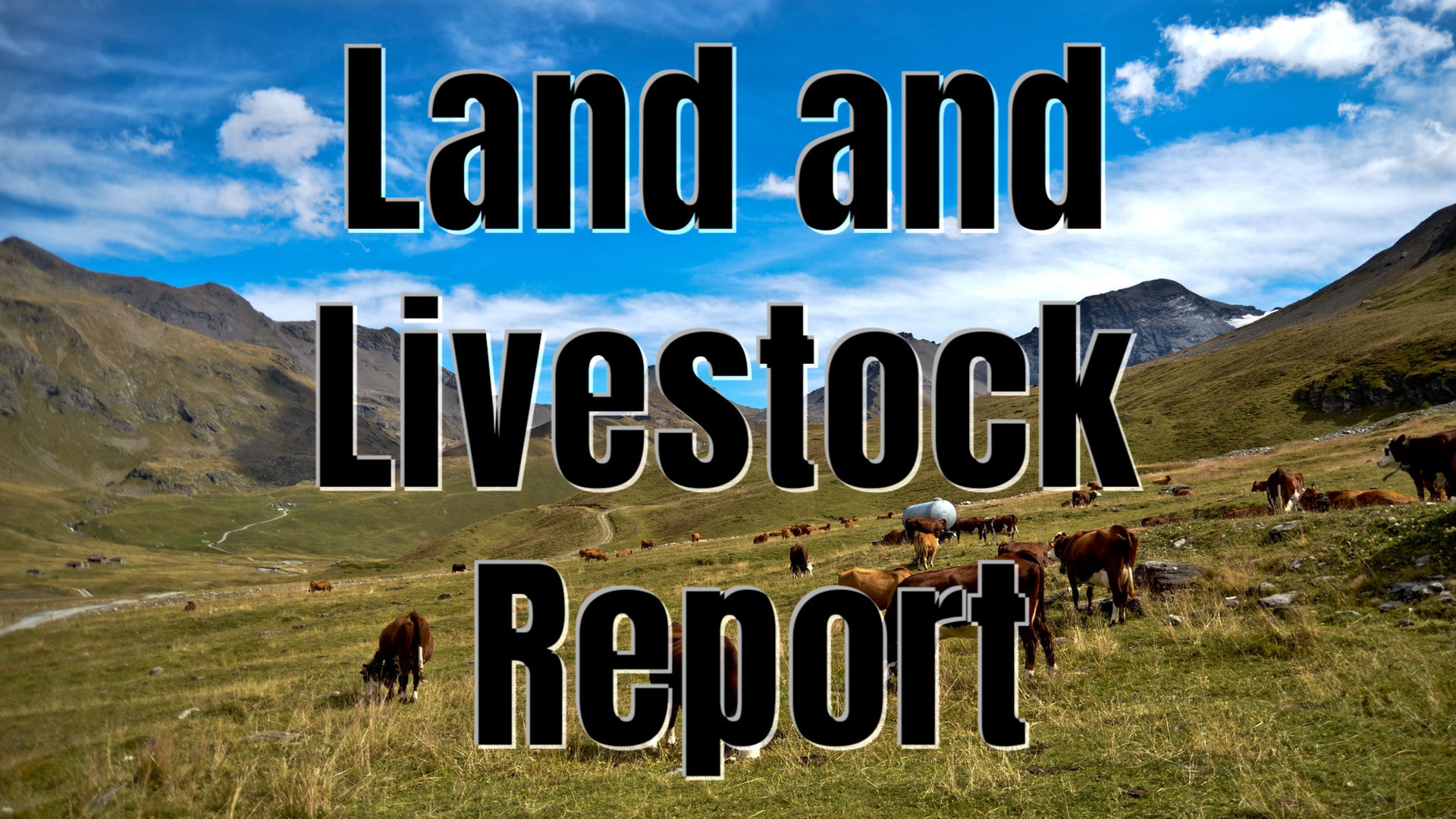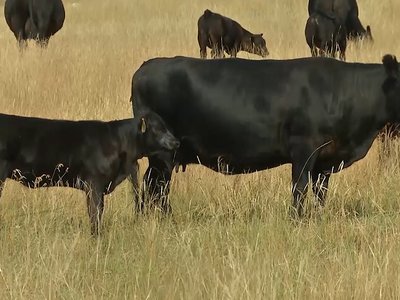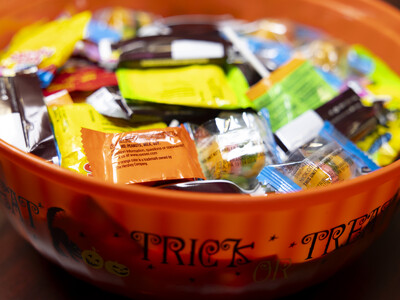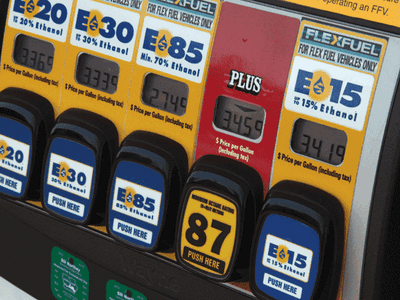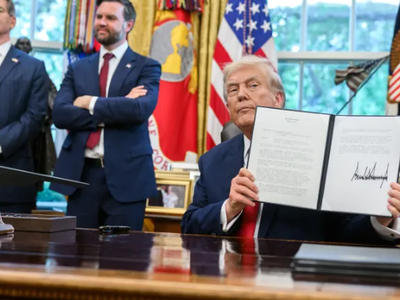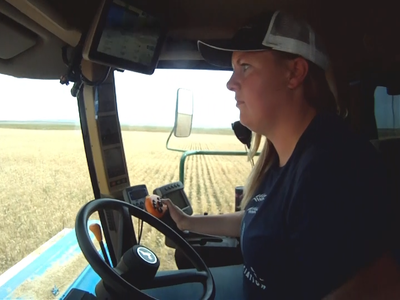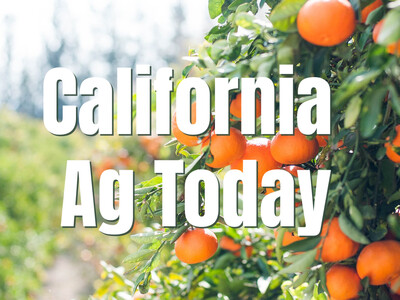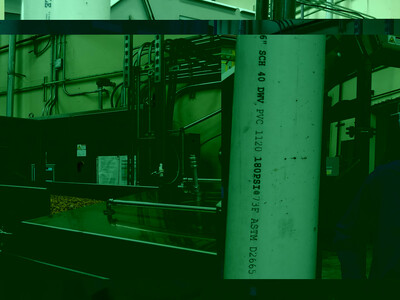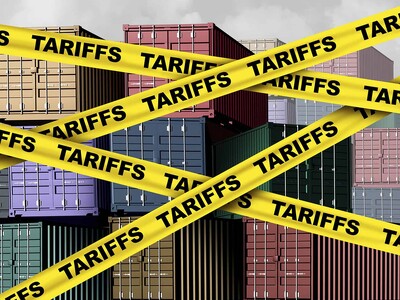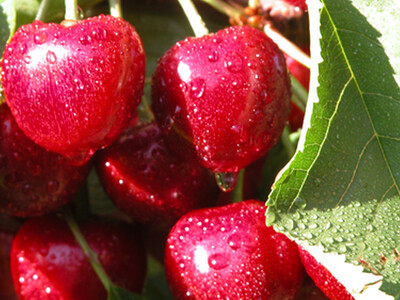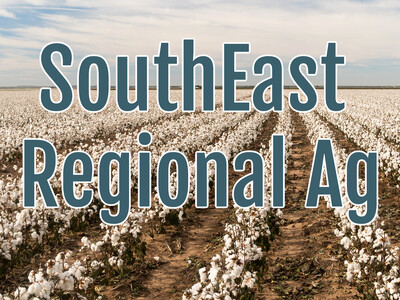Cheat Grass as Wildfire Fuel
Cheatgrass as a Wildfire Fuel
I’m KayDee Gilkey with today’s Open Range.
Last summer the West was plagued by many wildfire In addition to the dry conditions, there might be an additional culprit causing increases in wildfires.
Penn State University researcher Jennifer Balch shares some recent research which shows that cheat grass may be helping to increase the number of wild fires in the West.
Balch: “The thing with cheat grass is because it is an annual grass it goes through that life cycle in a year. Native perennial species are species that exist from year to year. They have different strategies for living. And effectively that means is that cheat grass is kind of filling a niche because there aren’t equivalent or analogue species in these systems that fill that same kind of niche. The other thing is that it doesn't necessarily have any of the pathogens, parasites or species that would attack it from its native range. So its done really well, because it is really aggressive and really competitive. The other thing is that fire promotes it. So fire promotes cheat grass and cheat grass also promotes fire. So once you enter into that new fire cycle it is very hard to get out of it. This is a phenomenon that is happening not just in the arid West, but also globally. There is evidence of introduced invasive exotic grasses that are changing fire cycles.”
She says some strategies being considered are planting other less flammable annual grasses to compete with cheat grass as well as biocontrol agents like a fungus from cheat grass’ native range that attacks the grass’ seeds.


